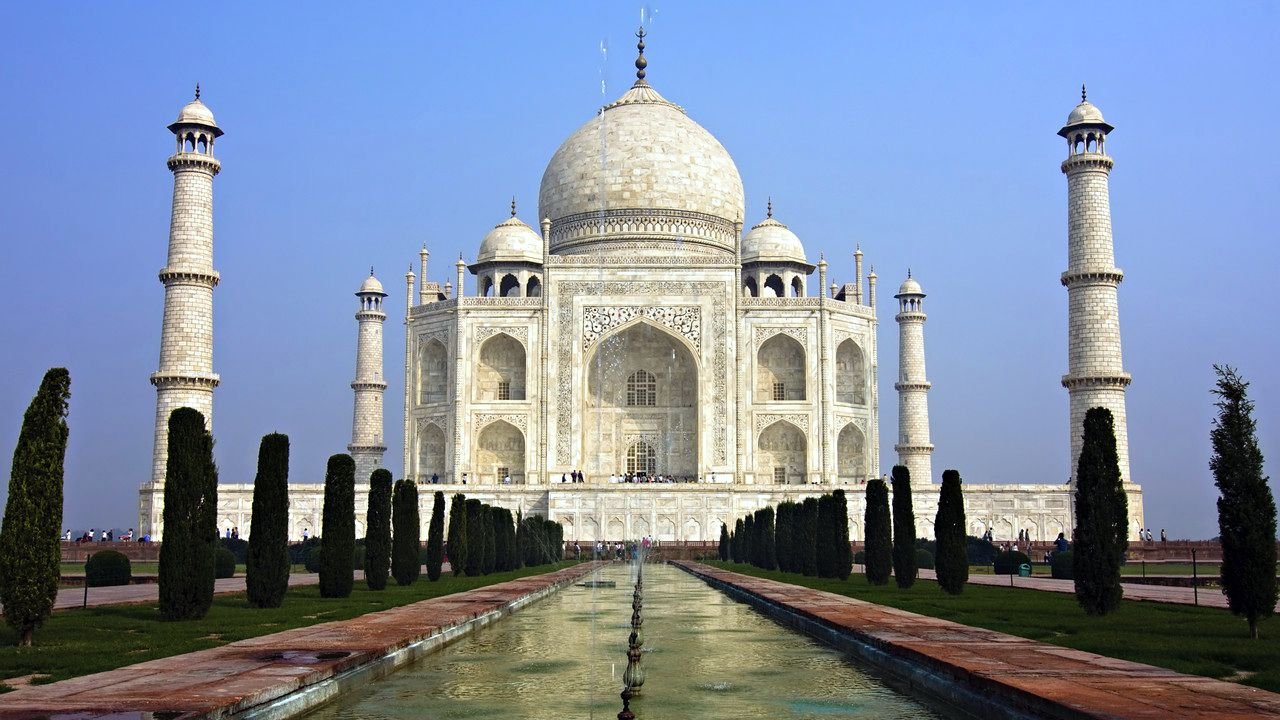The Taj Mahal is seen as the greatest monuments ever built epitomising the rich cultural grandeur of the Mughal era. Measures were taken to preserve the priceless relic from the vagaries of time and pollution. Top heritage experts have taken exception to the illumination of the White Mausoleum arguing that the marble surface is being eroded due to the defection of insects attracted by the lighting.
According to the experts from the Archaeological Survey of India (ASI), few low-level security lights were installed around the Taj Mahal for illuminating the Taj and attracting tourists at night.
Sources within the ASI said that previous studies had recommended against any form of lighting around the Taj. However, there was pressure from the Tourism Ministry to erect the lighting posts.
The Taj Mahal ropes in 7 to 8 million visitors annually. The local Agra administration has introduced eco-friendly vehicles around the vicinity of the Taj to reduce pollution in the heritage zone.
Superintending Archaeologist, Agra Circle (ASI), Bhuvan Vikram informed that a departmental study was conducted in mid-2000, and it was revealed that illumination will attract insects and will drop excreta that will lead to pigment deposition on the marble. However, no conclusive study was conducted.
The lights are located some 20 meters from the base of the monument; the lights from the River Yamuna side are attracting the maximum number of insects. The monument comes under the purview of ASI butt the security is handled by the Central Industrial Security Force.
B R Mani, who just retired as the Additional Director General of the ASI, is dismayed by the move to install lighting around the World Heritage Site designated monument.
Mani added that the monument is made of Marble and needs no lighting since it is clearly visible in natural light in all its glory. Deriding the move of the government to attract tourists, Mani said that Taj Mahal is not a monument to experiment.
















